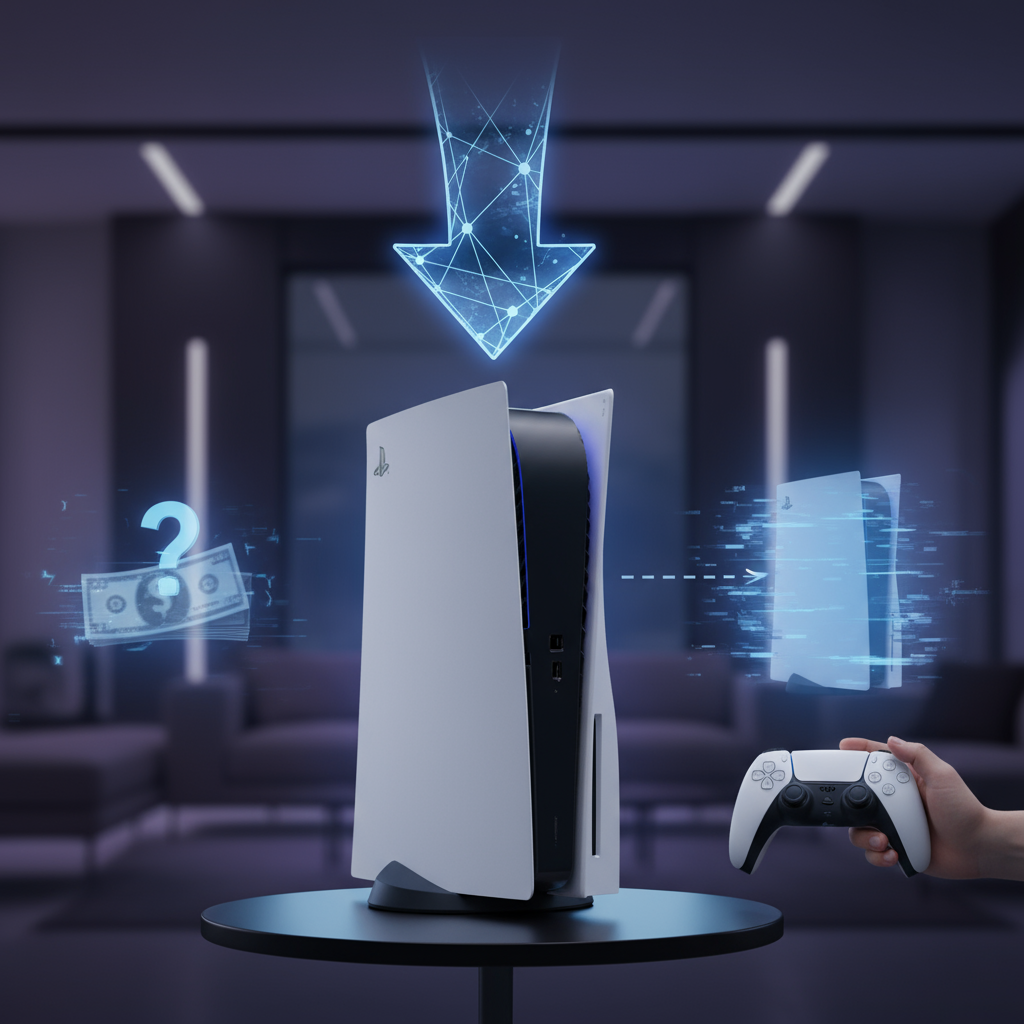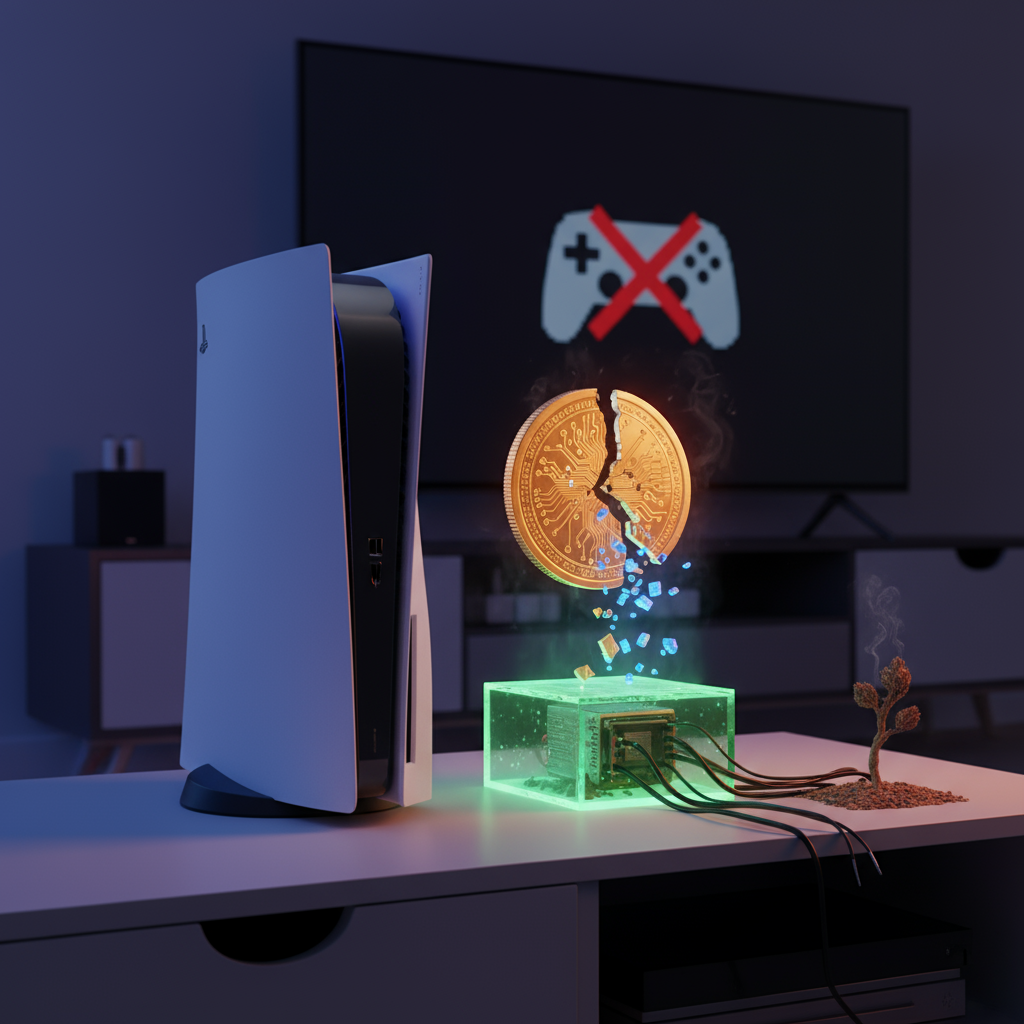Did Sony Just Miss the Mark? Why the “New” PS5 Might Be a Step Backwards

The gaming world is abuzz, and not always for the right reasons. When a new console revision drops, the expectation is typically for improvements – sleeker design, better performance, perhaps even a price drop as technology matures. However, the recently unveiled “new” PlayStation 5 model has been met with a surprisingly critical reception. Far from being a clear upgrade, many are arguing that this iteration is not only more expensive but, in some crucial ways, actually *worse* than its predecessor. Is Sony misjudging its audience, or is there more to this story than meets the eye? Let’s dive in.
A Slimmer Design, But at What Cost?

Historically, console revisions often include a “Slim” version, aiming for a smaller footprint and often a reduced price tag. The new PS5 certainly delivers on the size reduction, boasting a 30% smaller volume and a 18-24% weight reduction depending on the model. This is undeniably a positive for those with limited entertainment center space. However, this sleeker profile appears to come with several compromises, the most notable being the price increase. In many regions, gamers are finding themselves shelling out more cash for a console that, on paper, should be more cost-effective to produce due to its smaller components. This disconnect between a “slim” model and a “premium” price point has certainly raised eyebrows among the gaming community.
The design changes extend beyond just the dimensions. The new model features two distinct sections on its body, presumably to accommodate the detachable disc drive. While this offers flexibility for those who might want to add a disc drive later to their Digital Edition, it also means a more fragmented aesthetic. Furthermore, the console’s horizontal stand, previously integrated, is now a separate purchase, adding another hidden cost. For a console that prides itself on its futuristic design, these seemingly minor alterations collectively contribute to a less polished and more overtly commercial feel, which detracts from the premium experience gamers expect from a high-end device.
The Detachable Disc Drive: Flexibility or Frustration?
Perhaps the most discussed feature of the new PS5 is its detachable disc drive. On the surface, this sounds like a win for consumers. If you initially opt for the cheaper Digital Edition and later decide you want to play physical games, you can simply purchase the disc drive separately and attach it. This modularity offers a level of choice that wasn’t available before. It’s a clever engineering feat, allowing for a single core console design across both regular and digital editions, streamlining manufacturing processes for Sony.
However, the implementation has sparked significant debate. The detached disc drive itself comes at an additional cost, turning what was once a standard inclusion into an extra expense. More concerning are the reports surfacing about the requirement for an internet connection to “pair” the disc drive with the console. This DRM (Digital Rights Management) concern raises serious questions about consumer ownership and future-proofing. What happens if Sony’s servers go offline years down the line, or if you live in an area with unreliable internet? The idea that a physical disc drive might become an expensive paperweight without an internet connection to activate it is a major worry for many gamers who value long-term access to their purchases. This potentially limits the console’s longevity and independent functionality, undermining the very concept of owning a physical game.
Performance and Cooling: Are There Downsides to Miniaturization?
When a console shrinks, concerns about performance and cooling naturally arise. While official benchmarks are still emerging and Sony hasn’t explicitly stated any performance downgrades, the question lingers: has this miniaturization impacted the internal components in any way that affects everyday usage? The original PS5 was already a powerful, albeit large, machine. Drastic changes to its internal layout and cooling solutions in a smaller chassis could theoretically lead to increased fan noise or even thermal throttling under heavy load, though this remains to be definitively seen.
The internal changes could also raise questions about repairability. Tighter packaging and more integrated components can sometimes make repairs more complex and costly down the line. While a slimmer aesthetic is appealing, gamers ultimately prioritize a consistent and stable playing experience. If the trade-off for a smaller footprint includes increased noise or a marginally less optimized cooling system, then many might prefer the bulkier, but potentially more robust, original model. These subtle alterations often aren’t immediately apparent but can become significant factors in the long-term ownership experience of a console.
Conclusion: The “New” PS5 – A Mixed Bag for Gamers
The “new” PlayStation 5 model presents a fascinating case study in console revision. While it undeniably achieves a smaller form factor, the increased price tag, the less elegant overall design, and particularly the controversial detachable disc drive with its potential DRM implications, have cast a shadow over what should have been a straightforward upgrade. Sony seems to have prioritized modularity and perhaps manufacturing cost optimization over a clear leap forward in value or user experience.
For many gamers, the original PS5, despite its size, offered a clear proposition: a powerful console with a disc drive as standard, at a consistent price point. The new model, while offering a choice, seems to burden that choice with additional costs and potential digital restrictions. As consumers, we expect console revisions to enhance, not diminish, the overall value proposition. It remains to be seen how these changes will impact sales and long-term perception, but one thing is clear: the conversation around the “new” PS5 suggests that for many, Sony might have taken a step sideways, if not slightly backward, in their latest console iteration. It leaves us wondering if, sometimes, bigger really was better.

